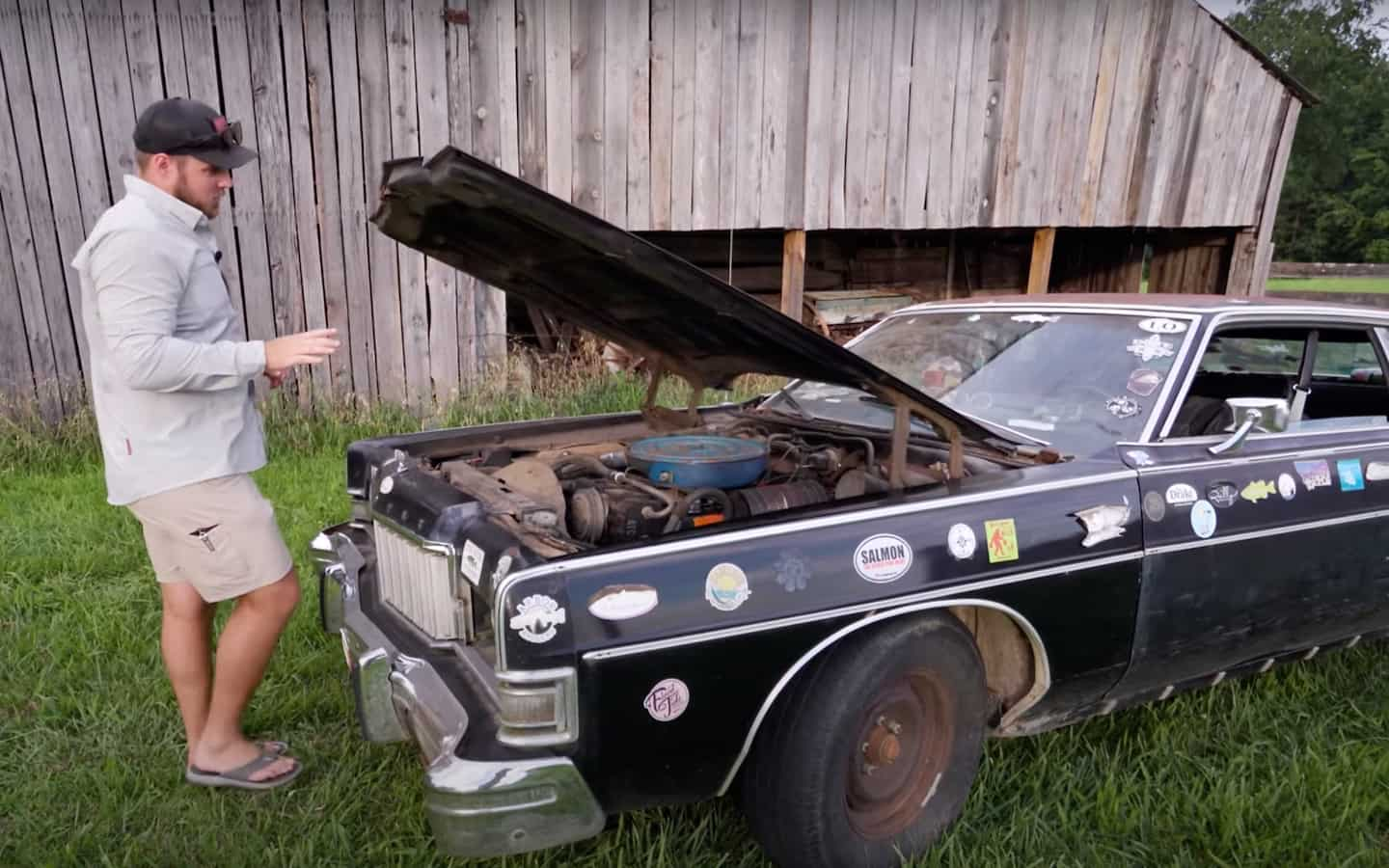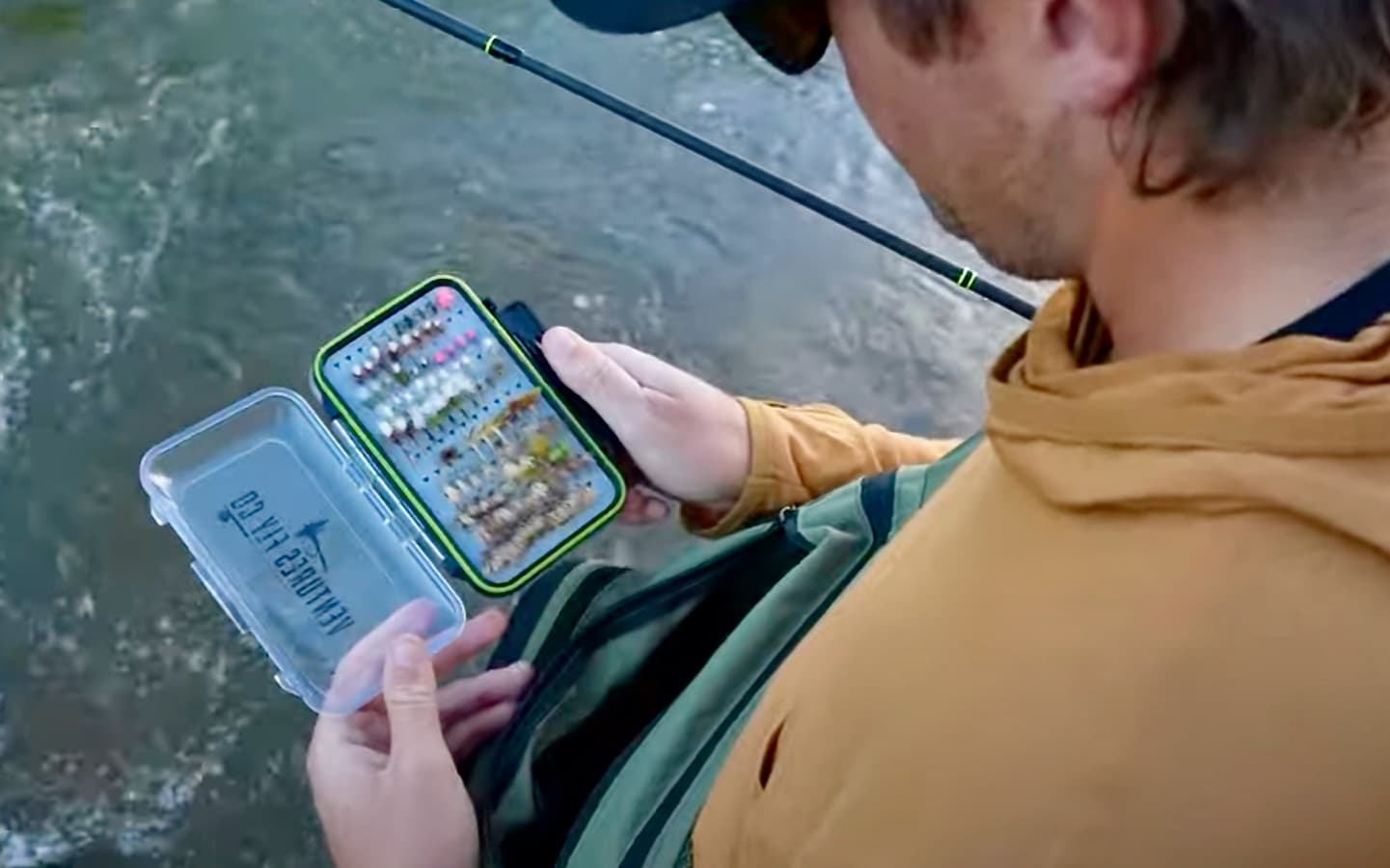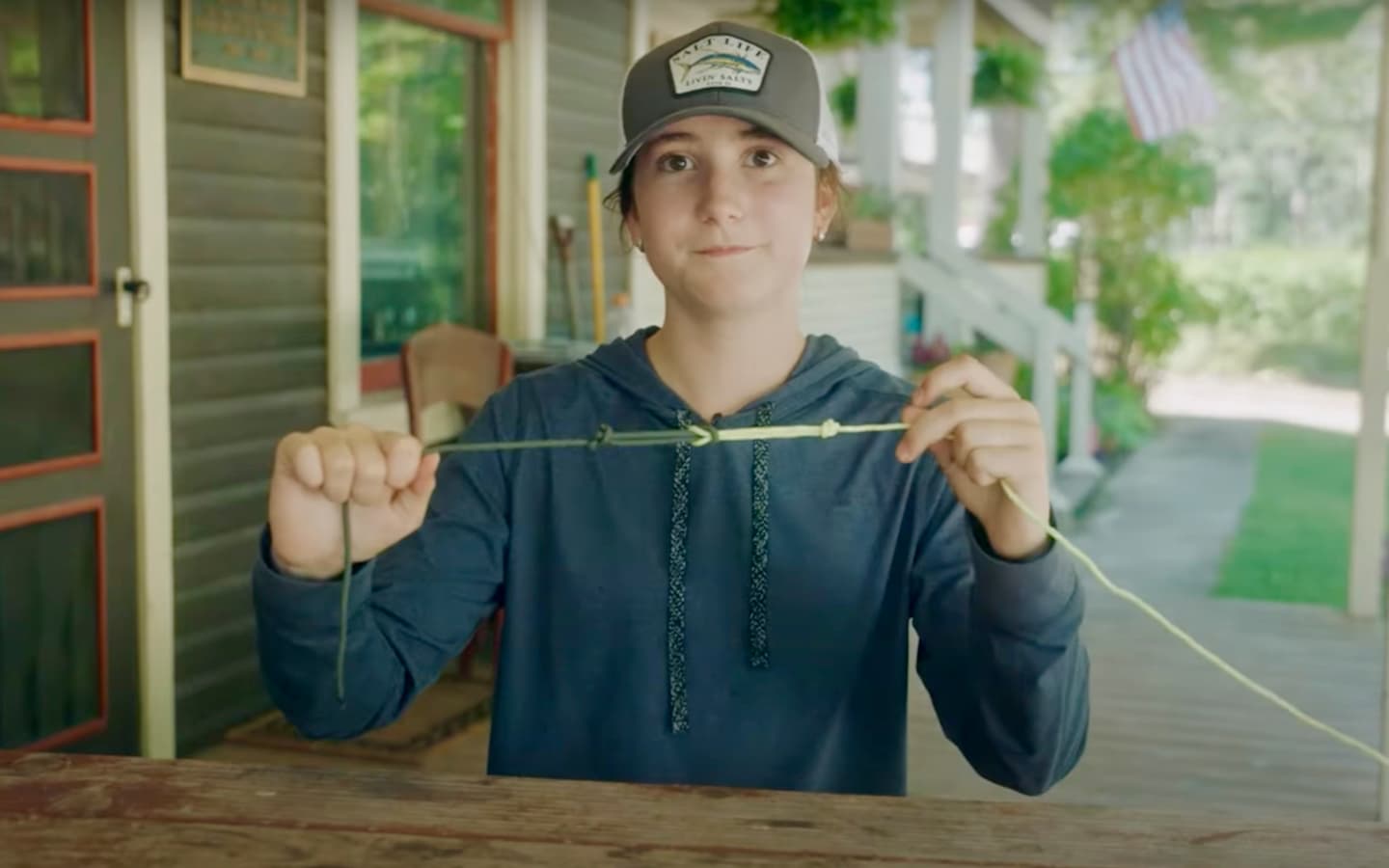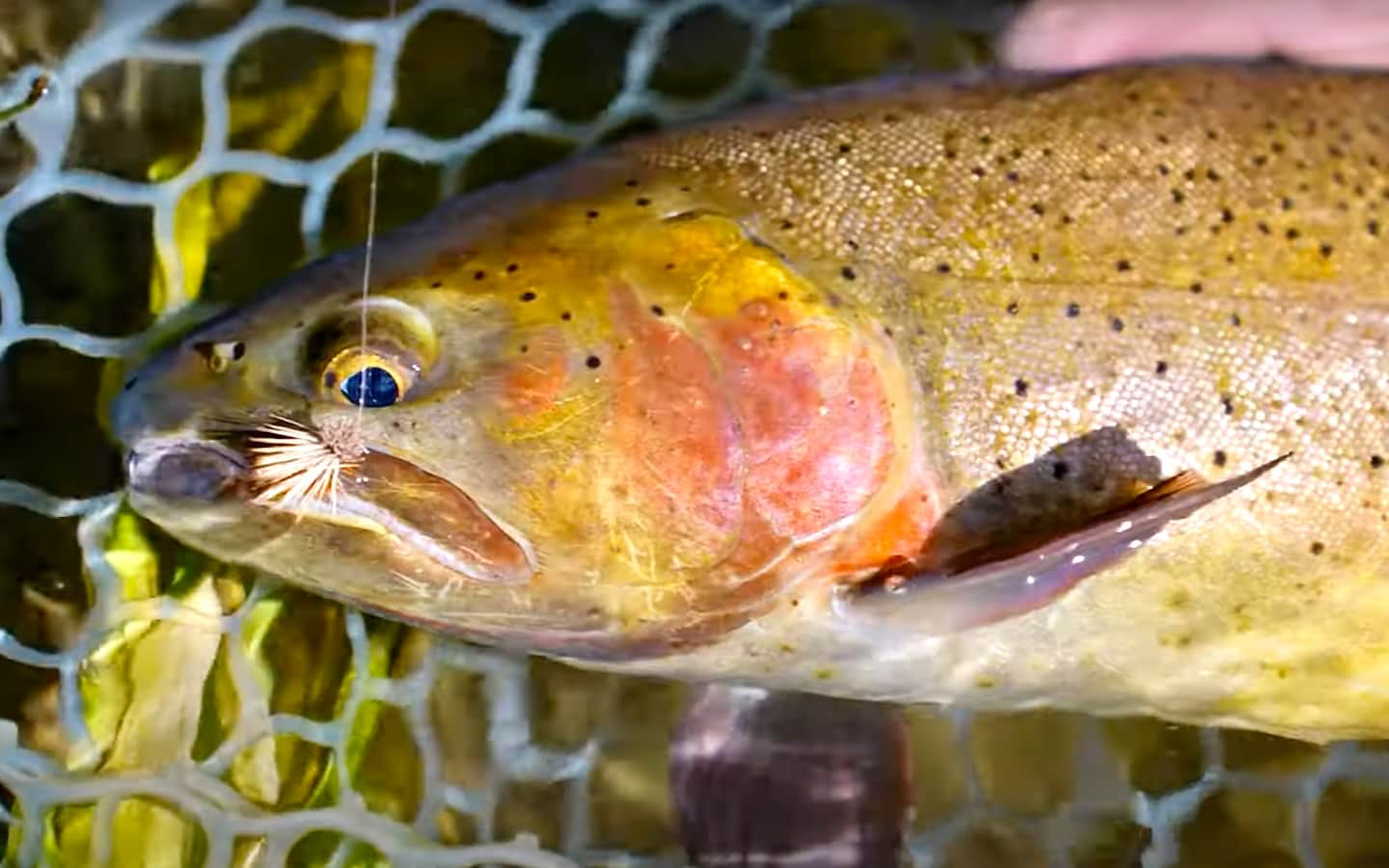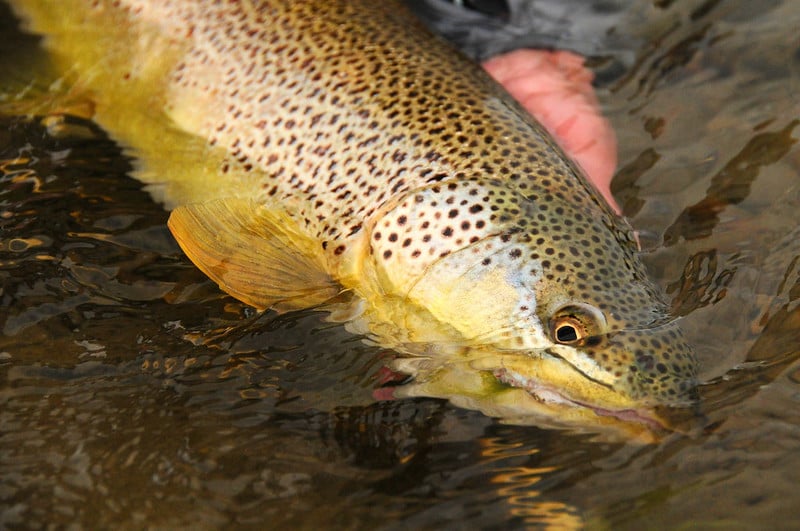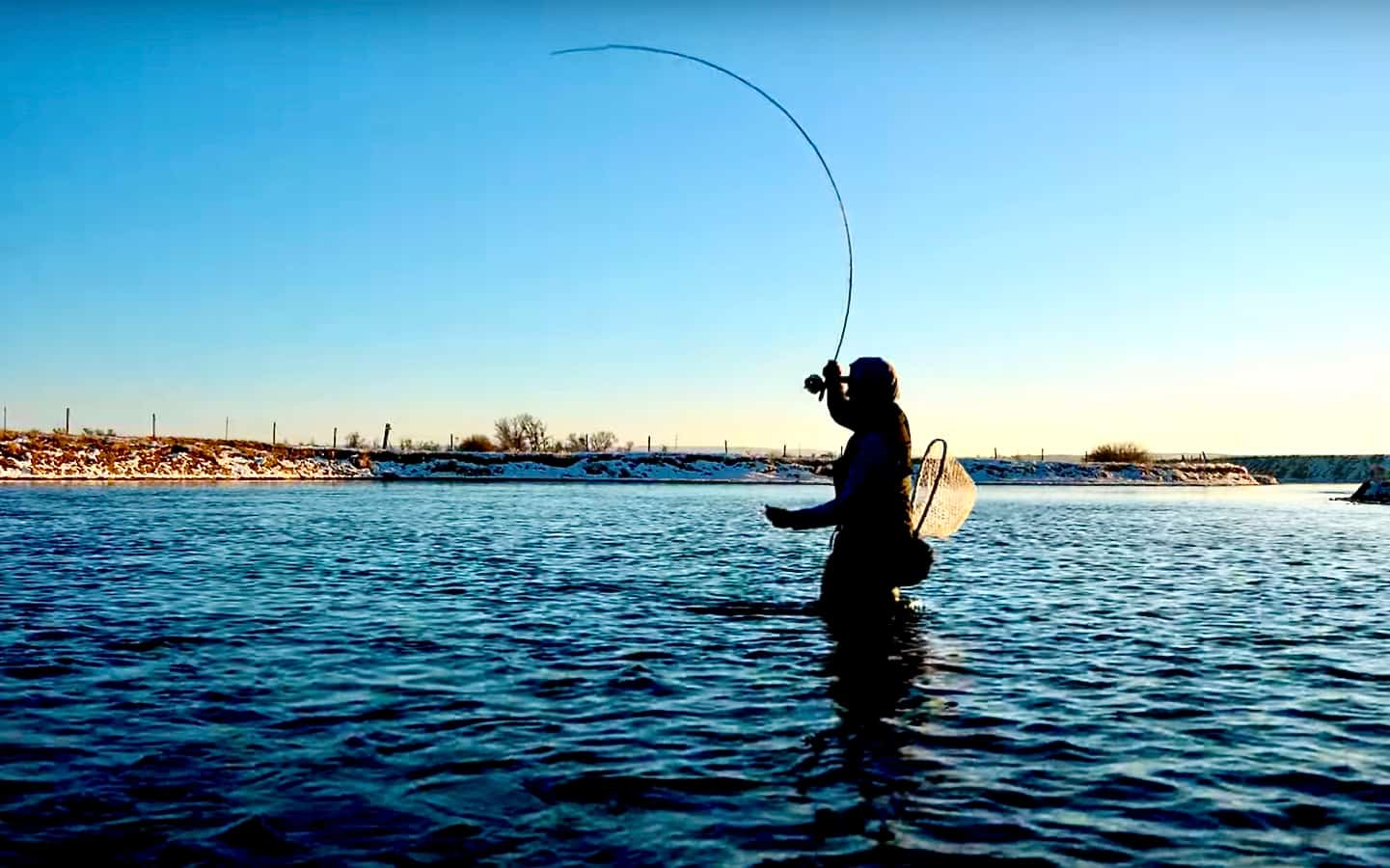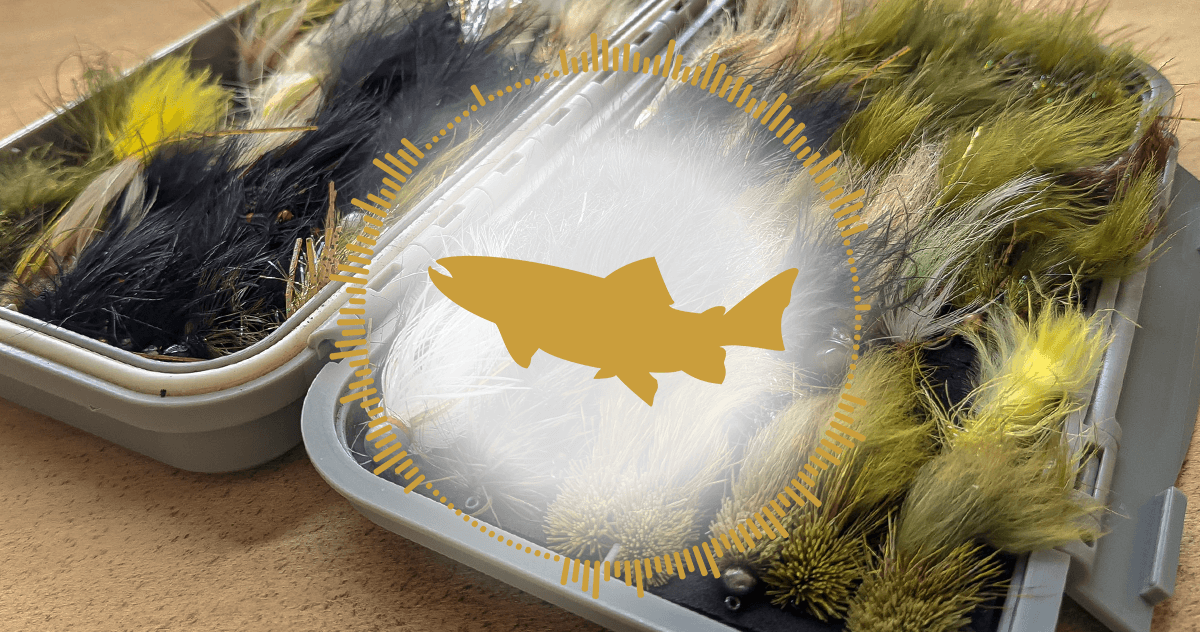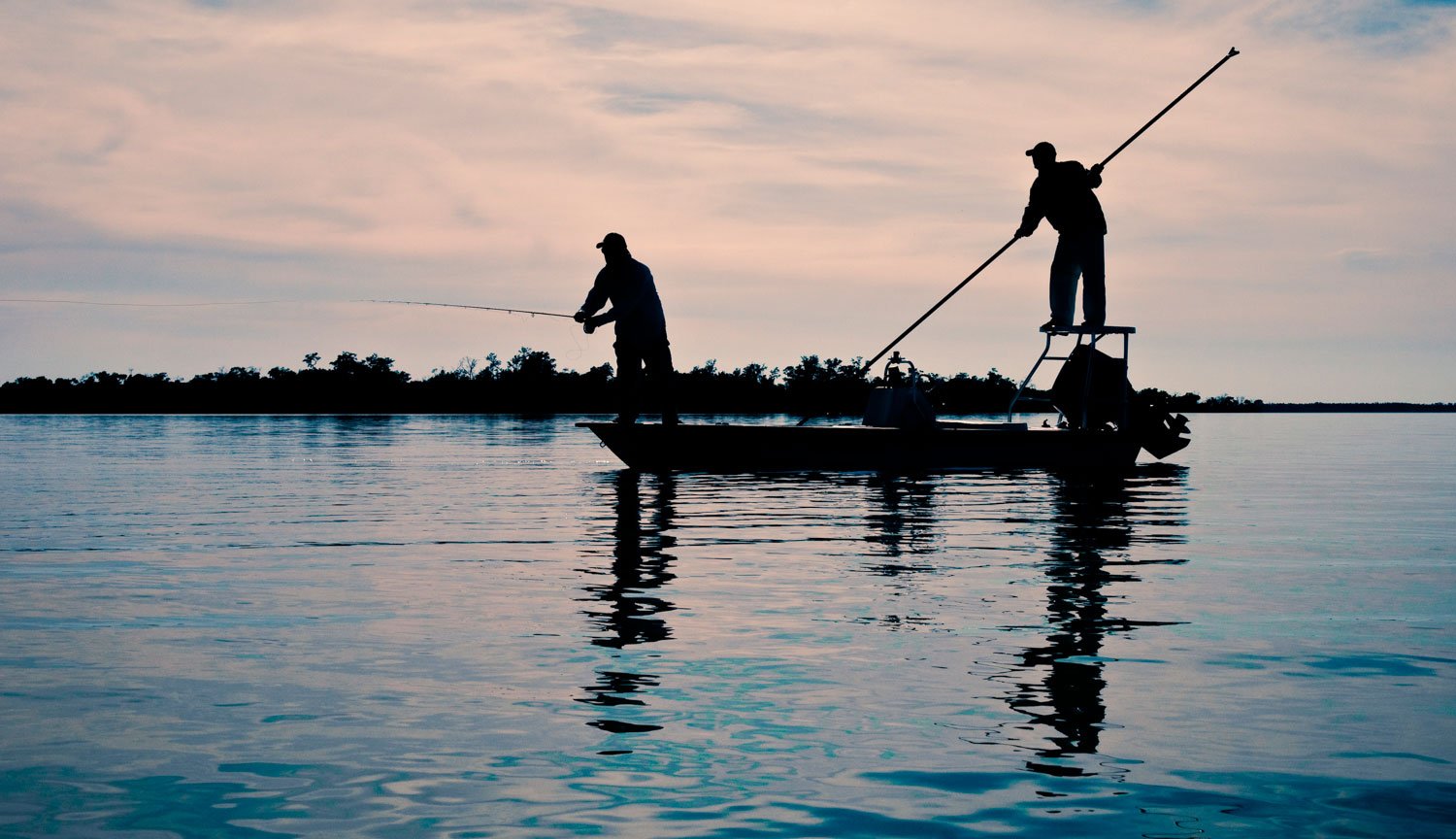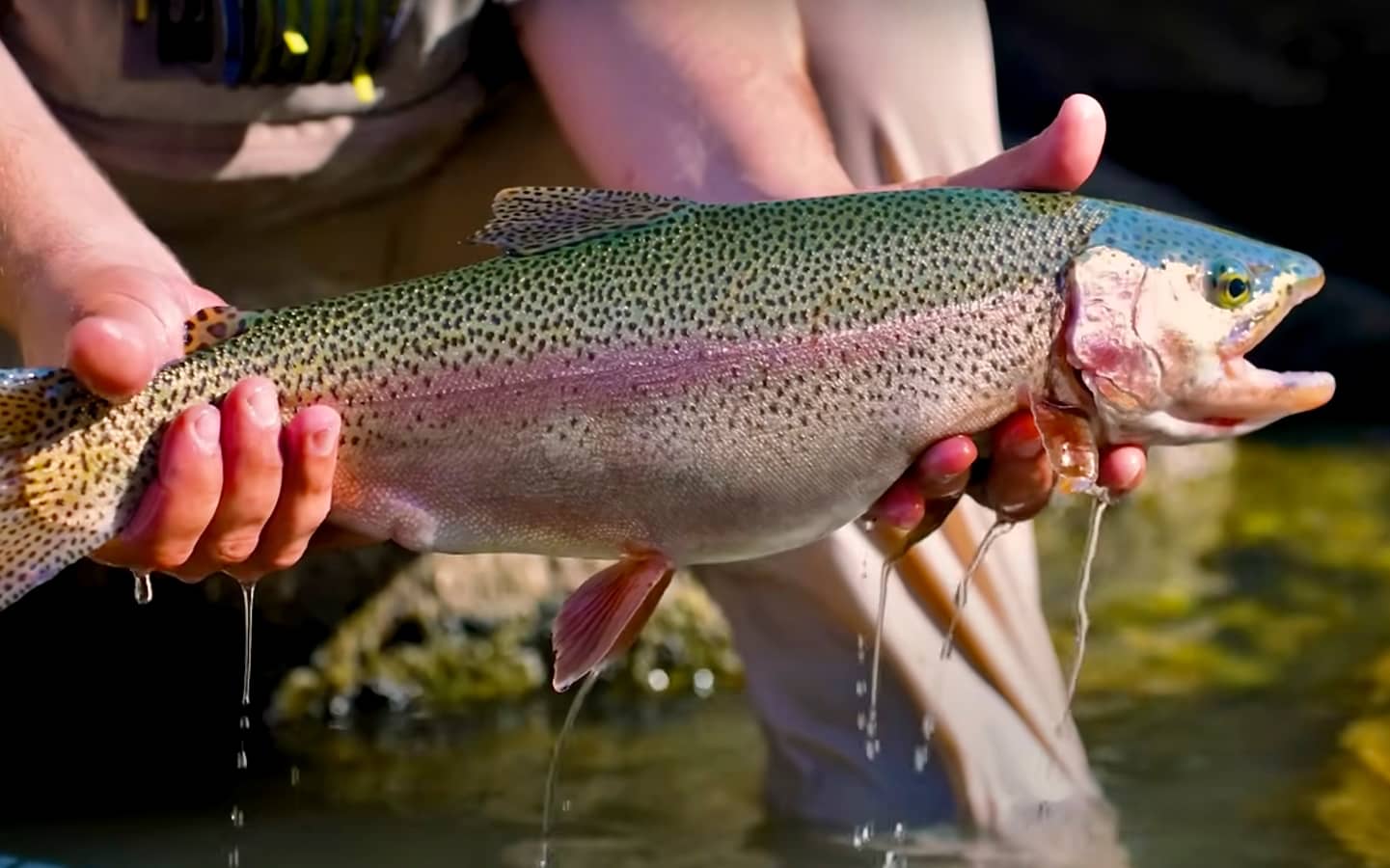Snake River Mussel Update
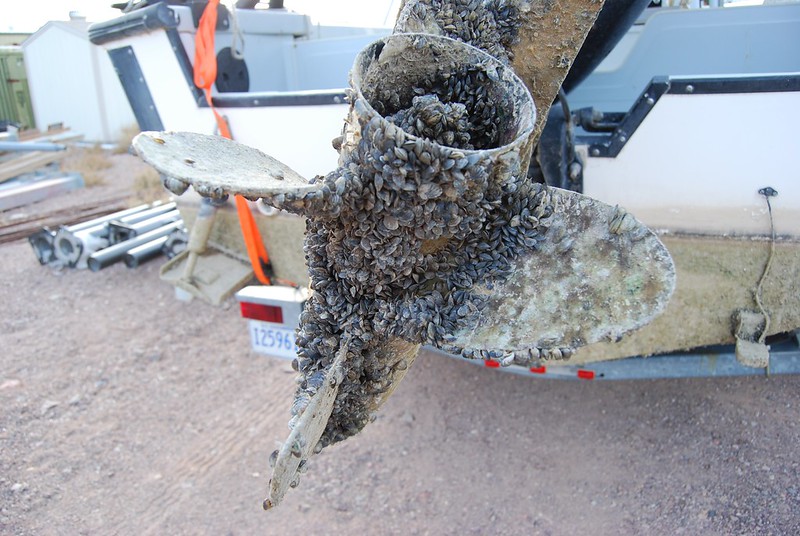
Photo: USFWS Fish and Aquatic Conservation/Flickr
Last week, we reported on the concerning discovery of quagga mussels in the Snake River. Mussels pose a series of significant problems to any waterbody they’re found in, including a potential collapse of the food web since they rely on similar food that trout and other fish need. That’s not to mention the quagga’s ability to clog water lines, which can cost millions of dollars to repair and replace.
In an effort to stave off the worst of the problem, the Idaho State Department of Agriculture (ISDA) ordered a closure of the Snake River near Twin Falls, Idaho. After the closure, ISDA officials began an aggressive treatment method to hopefully kill off all the quagga mussels within the river system. According to KTVB7 out of Boise, the ISDA placed “metered boxes with the treatment at key mix points along the Snake River from the Twin Falls dam to Centennial Waterfront Park.”
These boxes contain a copper-based treatment that will not only kill the mussels, but unfortunately will kill off fish as well. In the KTVB7 story, Mike Peterson, the Magic Valley regional fisheries manager for the Idaho Department of Fish and Game (IDFG), said that “at this point, we are expecting some significant fish loss.”
IDFG is doing a lot to help mitigate the fish kill when it occurs, including some in-depth population estimates. Once the treatment is complete, fisheries managers can re-sample the river to see exactly how many fish were killed, and use the population estimates to plant fish from nearby hatcheries to try and supplement the current fish population. Most of the game fish in this section of the Snake River are sturgeon, bass, and panfish.
While it’s unfortunate that we have to deal with quagga mussels in the Snake River, we should be applauding the efforts of IDFG and ISDA to treat and remove these invasive predators. If left unchecked, they could easily spread to other nearby trout meccas.
Quagga Mussels Found in Idaho
Dam Bypass Opens Truckee River for Cutthroat
